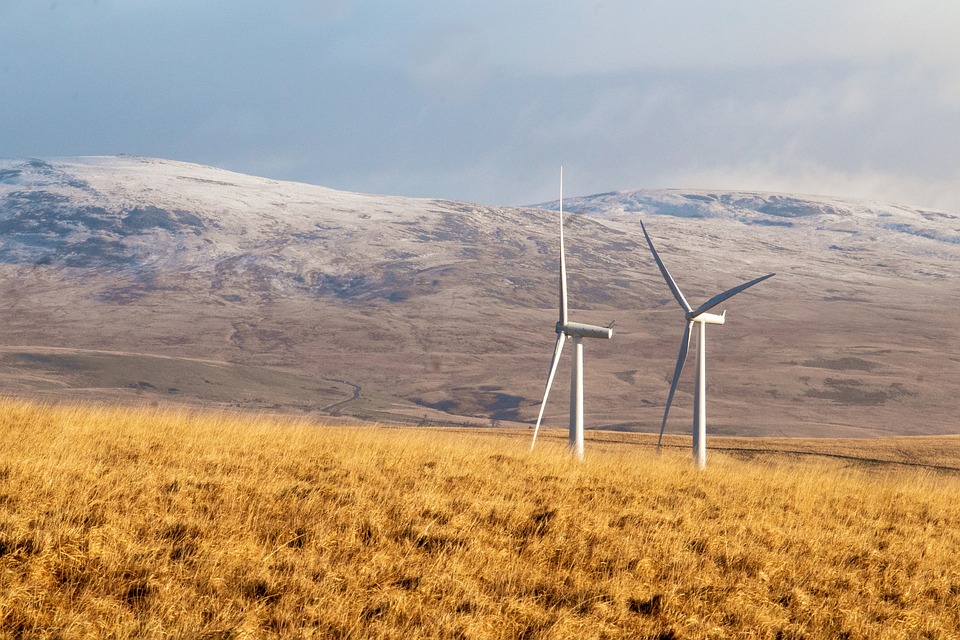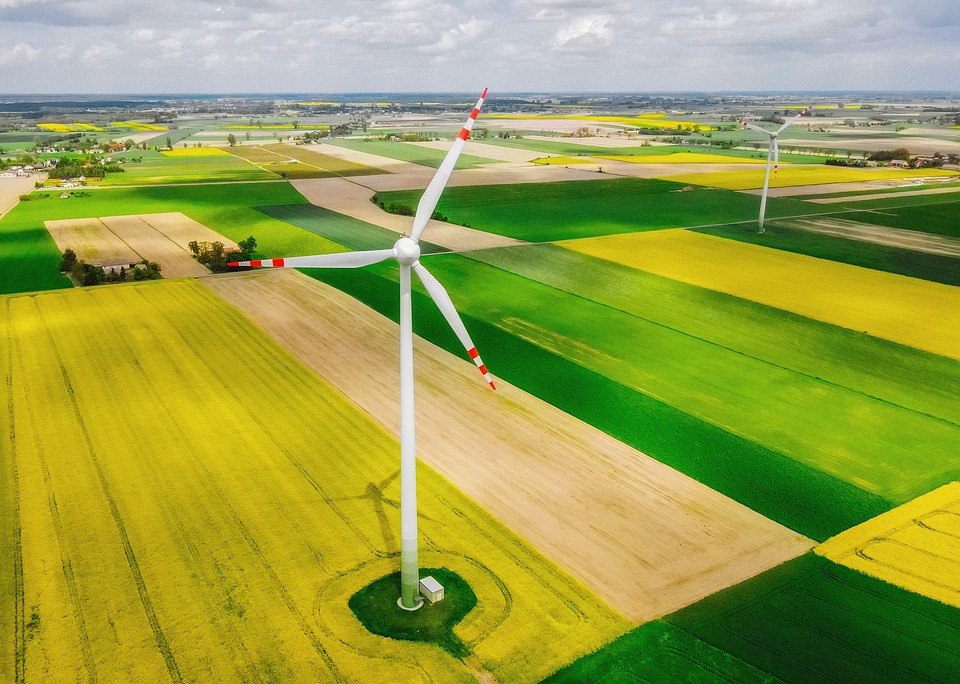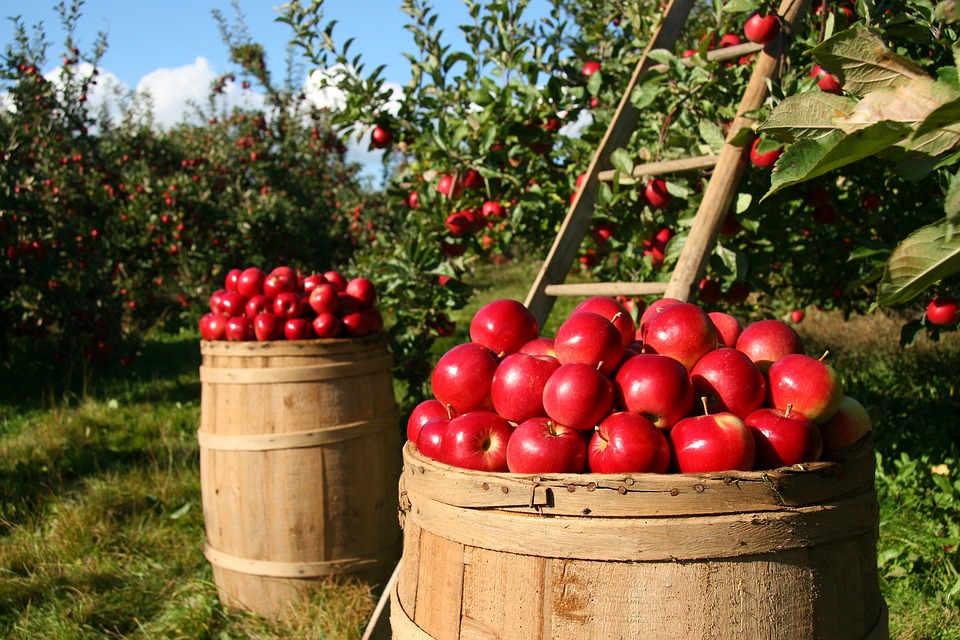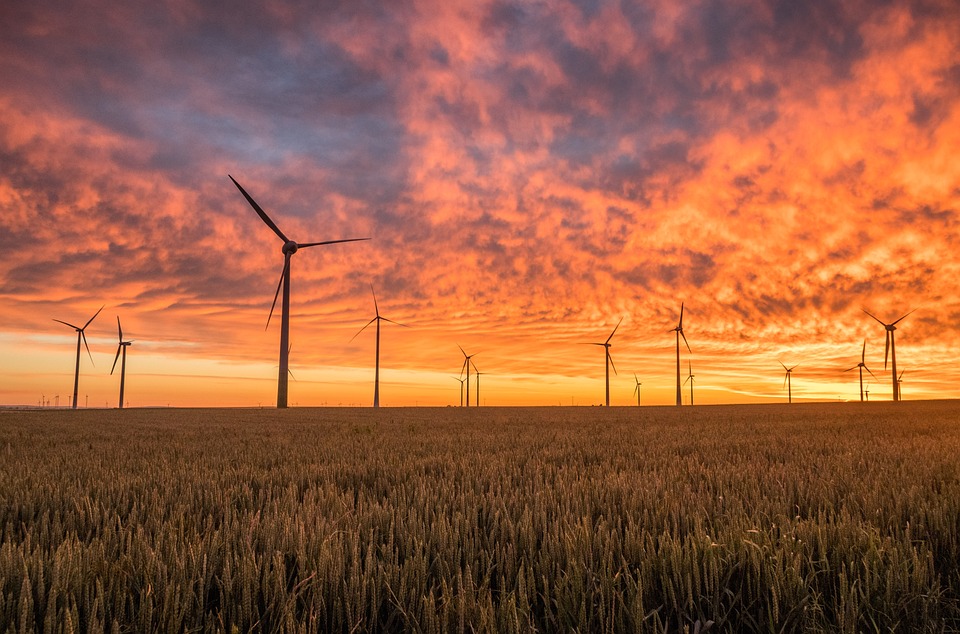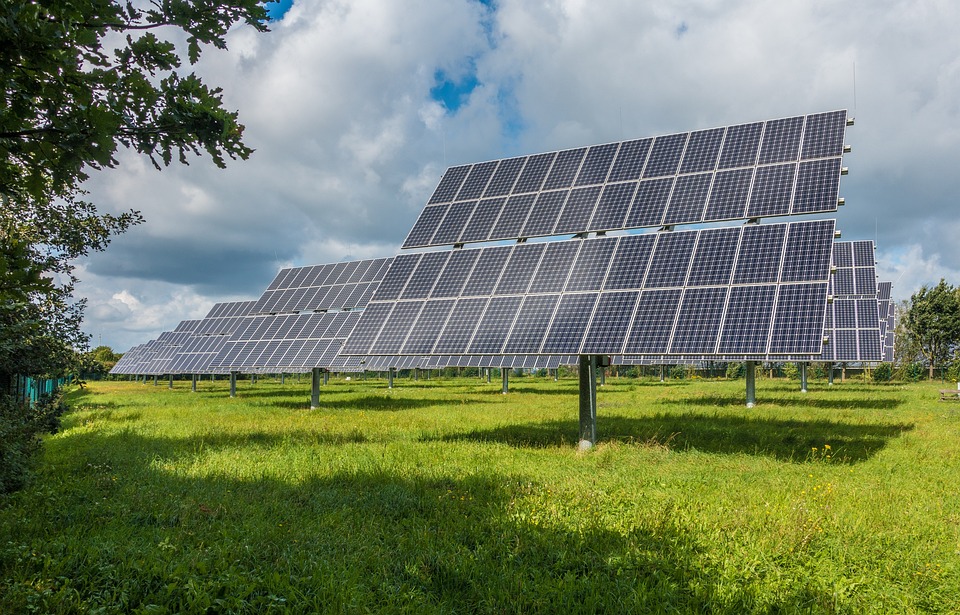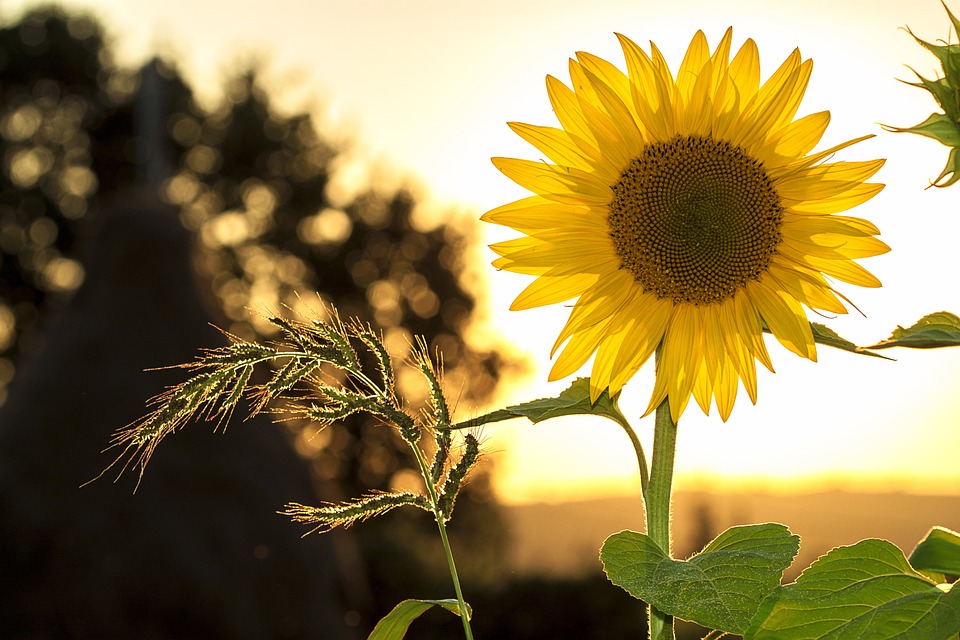Unplugging from Society: Exploring the Allure of Off-Grid Living
Disconnecting from society and embracing off-grid living has been an incredible journey of self-discovery for me. The allure of living off the grid, away from the hustle and bustle of modern life, is undeniable. I vividly remember the first time I made the decision to unplug from society and embark on this adventure. The transcendental experience of being immersed in nature and reclaiming my sense of self was truly life-changing. In this article, I aim to share the joys, challenges, and endless possibilities that come with unplugging from society and immersing oneself in off-grid living. So sit back, relax, and let’s explore together the allure of embracing this incredible lifestyle. Living off the grid is not just an alternative approach to life; it is a profound mindset that challenges conventional norms and values. Away from the pressures of modern society, one can find solace in the simplicity, tranquility, and freedom that off-grid living offers. Whether it’s the need for self-sufficiency, concern for the environment, or a desire to escape the daily grind, many individuals are increasingly lured by the allure of embracing an off-grid lifestyle. One of the most remarkable aspects of off-grid living is the opportunity to be entirely self-reliant. From generating your own power using solar panels or wind turbines to growing your own food in lush gardens, off-grid living empowers individuals to take control of their own sustenance. I vividly recall the rewarding feeling of harvesting my first crop of juicy tomatoes, nurtured by my own hands. The sense of accomplishment and the taste of nature’s bounty are second to none. Living off the grid gives you the freedom to craft your own existence, unbound by societal expectations and restrictions. Furthermore, off-grid living offers a profound connection to nature. As technology permeates our lives more deeply, we often find ourselves alienated from the natural world. However, choosing to unplug from society allows us to reestablish this vital connection. Waking up to the gentle sound of birdsong, breathing in crisp, fresh air, and witnessing breathtaking sunsets remind us of the pure beauty that exists outside the concrete jungles we typically call home. Nature becomes our companion and guide, teaching us valuable lessons about resilience, balance, and interconnectedness. While living off the grid offers countless benefits, it is essential to acknowledge the challenges that come with it. The absence of modern amenities such as unlimited electricity or constant connectivity can be overwhelming at first. However, these restrictions soon transform into blessings, allowing us to prioritize what truly matters in life. The lack of distractions compels us to focus on personal growth, creativity, and meaningful relationships, ultimately leading to a sense of contentment and fulfillment. Now, let’s delve into some pro tips that can help you successfully transition into off-grid living: 1. Start with gradual changes: Instead of diving headfirst into a completely off-grid lifestyle, begin by making small changes. Start by reducing your reliance on technology or growing a small garden. This gradual approach will ease your transition and help you learn the ropes. 2. Embrace minimalism: Living off the grid requires simplifying your life. Embrace minimalism by de-cluttering your physical and mental space. Focus on what truly brings you joy and let go of excess possessions and distractions. 3. Develop essential skills: Learning new skills, such as gardening, carpentry, or renewable energy management, is crucial for off-grid living. Embrace the opportunity to acquire practical skills that will not only benefit your self-sufficiency but also increase your sense of accomplishment. 4. Nurture a supportive network: Although off-grid living can sometimes feel solitary, building a supportive community of like-minded individuals is essential. Connect with local off-grid communities, join sustainable living forums, or attend workshops to find kindred spirits who can offer guidance and support along the way. In conclusion, the allure of off-grid living stems from the immense freedom, self-reliance, and connection to nature it offers. By unplugging from society, embracing a simpler way of life, and prioritizing our fundamental needs, we can rediscover our true selves. The challenges that come with off-grid living are far outweighed by the countless rewards and the profound sense of fulfillment it brings. So dare to step away from the conventional path and start exploring the untapped potential that lies within the allure of off-grid living.

